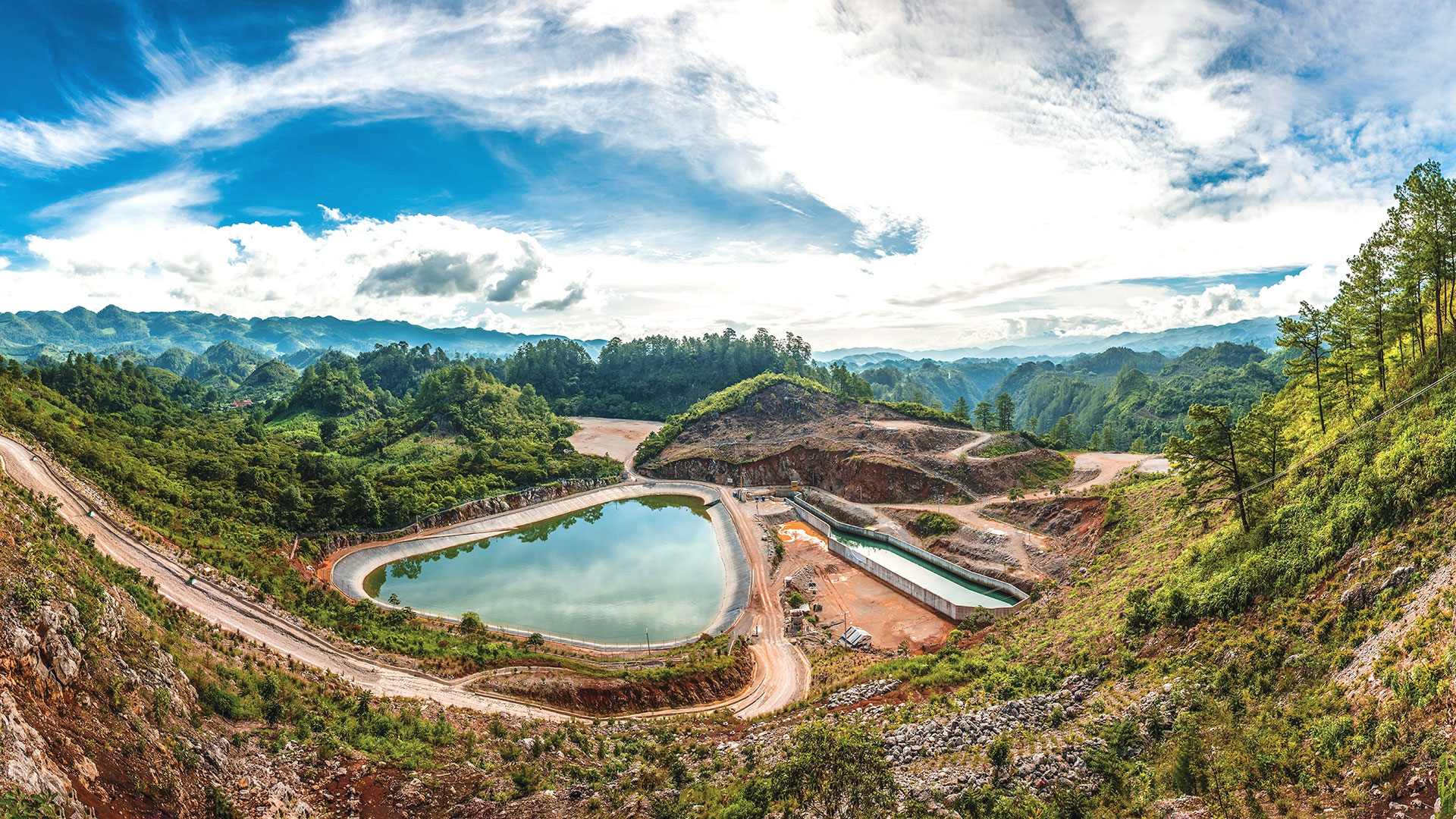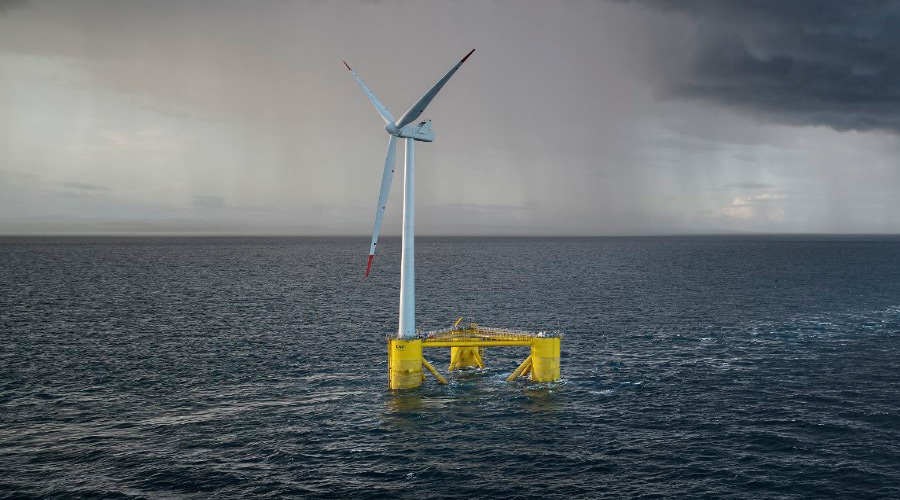Termosolia
Intelligent AI and IoT Applied to Concentrated Solar Power Plants
Location
AndalucíaTechnology
Intelligent AI and IoT Applied to Concentrated Solar Power PlantsWebsite
Sin datosFunding

The objective of this project has been the development of a system capable of automating the early detection of leaks in heat collector pipes of concentrated solar power installations, redundantly and through the use of artificial intelligence technologies applied to image recognition, as well as IoT technologies.
This solution involves automating the detection by incorporating a set of elements into the installations that monitor the sensitive components of the entire plant, along with a system capable of processing the generated images and providing real-time and highly reliable alerts of leak production from the very moment they occur.
To carry out this project, we have worked with artificial intelligence technologies, specifically machine learning and deep learning, in combination with IoT technologies that have allowed us to collect both optical element images and information from sensors in the installations, which will act as redundancies or corroborators. Additionally, cloud computing technologies have been utilized for system training tasks. We have successfully connected the information acquisition systems (images and other sensors) with IoT technologies and created training systems in the cloud.
This project has been subsidized by Red.es through the 2020 Call for Grants on technological development based on artificial intelligence and other digital enabling technologies, within the framework of the strategic action on digital economy and society of the State R&D&i Program aimed at addressing societal challenges and the State R&D&i Business Leadership Program (C007/20-ED).










 Decentralisation of electricity generation also requires decentralised and economic solutions to integrate more renewable energy sources, increase security of supply and decarbonise the future European energy system.
The MERLON project proposes the development of energy communities by combining and integrating decentralised storage with renewable technologies such as photovoltaic solar energy for the optimisation of the energy system, including demand response, optimisation of electric vehicle charging and synergies with other energy carriers at local level, offering flexibility to ensure optimal grid management.
COBRA leads the design engineering of battery electric storage solutions, develops the control software and performs its grid-connected operation. During the project these batteries will be installed together with photovoltaic solar energy installations in Spain and Austria in order to provide flexible electricity generation and distribution.
Decentralisation of electricity generation also requires decentralised and economic solutions to integrate more renewable energy sources, increase security of supply and decarbonise the future European energy system.
The MERLON project proposes the development of energy communities by combining and integrating decentralised storage with renewable technologies such as photovoltaic solar energy for the optimisation of the energy system, including demand response, optimisation of electric vehicle charging and synergies with other energy carriers at local level, offering flexibility to ensure optimal grid management.
COBRA leads the design engineering of battery electric storage solutions, develops the control software and performs its grid-connected operation. During the project these batteries will be installed together with photovoltaic solar energy installations in Spain and Austria in order to provide flexible electricity generation and distribution.





 Advanced Modular Compensator System for the control of high-voltage transmission networks with ultra-capacitors.
Advanced Modular Compensator System for the control of high-voltage transmission networks with ultra-capacitors. TELWIND is a 3-year project supported by the EC H2020 program beginning in 2016. It consists of the development of a ground-breaking buoyant platform for offshore wind, which allows to make a qualitative leap in the lowering of the construction and installation costs, thanks to its innovative system of telescopic tower and multi-body geometry of the buoyant substructure, where one of the bodies submerges ballasting the structure, improving the dynamic response and the stability of the whole.
The main role of CORBA is to analyze the competitiveness and commercial viability of the solution. COBRA is also responsible for the business model and the environmental, social economic analysis.
TELWIND is a 3-year project supported by the EC H2020 program beginning in 2016. It consists of the development of a ground-breaking buoyant platform for offshore wind, which allows to make a qualitative leap in the lowering of the construction and installation costs, thanks to its innovative system of telescopic tower and multi-body geometry of the buoyant substructure, where one of the bodies submerges ballasting the structure, improving the dynamic response and the stability of the whole.
The main role of CORBA is to analyze the competitiveness and commercial viability of the solution. COBRA is also responsible for the business model and the environmental, social economic analysis.


 The principal objective of the MSLOOP 2.0 project is to make a step forward in the development of thermal solar energy technology (CCP) using ternary salts as heat transfer fluids. This new development will allow the optimization of the prototype, previously developed by COBRA, leading to the commercialization stage.
The principal objective of the MSLOOP 2.0 project is to make a step forward in the development of thermal solar energy technology (CCP) using ternary salts as heat transfer fluids. This new development will allow the optimization of the prototype, previously developed by COBRA, leading to the commercialization stage.

 “The project was co-financed by the CDTI in Spain”.
“The project was co-financed by the CDTI in Spain”.

 The expected result from this project is the development of an advanced on-line measurement system for solar flux in concentrating thermal-solar power plants that use central receiver or tower technology.
The expected result from this project is the development of an advanced on-line measurement system for solar flux in concentrating thermal-solar power plants that use central receiver or tower technology. This project has been co-financed by the Centro para el Desarrollo Tecnológico Industrial (CDTI) in the 2016 FEDER-INNTERCONECTA program.
The total budget of the project is 2,629,447€.
This project has been co-financed by the Centro para el Desarrollo Tecnológico Industrial (CDTI) in the 2016 FEDER-INNTERCONECTA program.
The total budget of the project is 2,629,447€.
